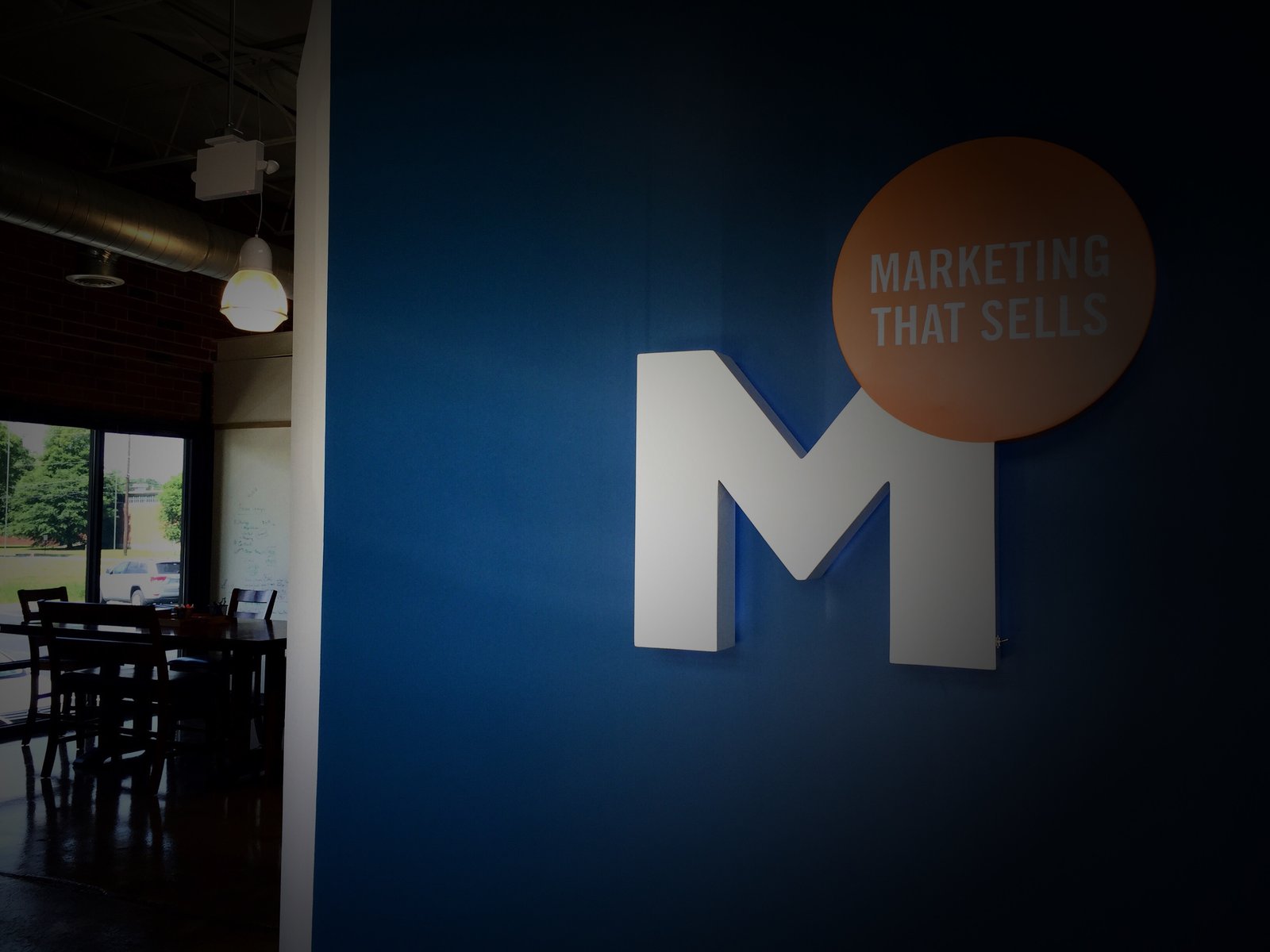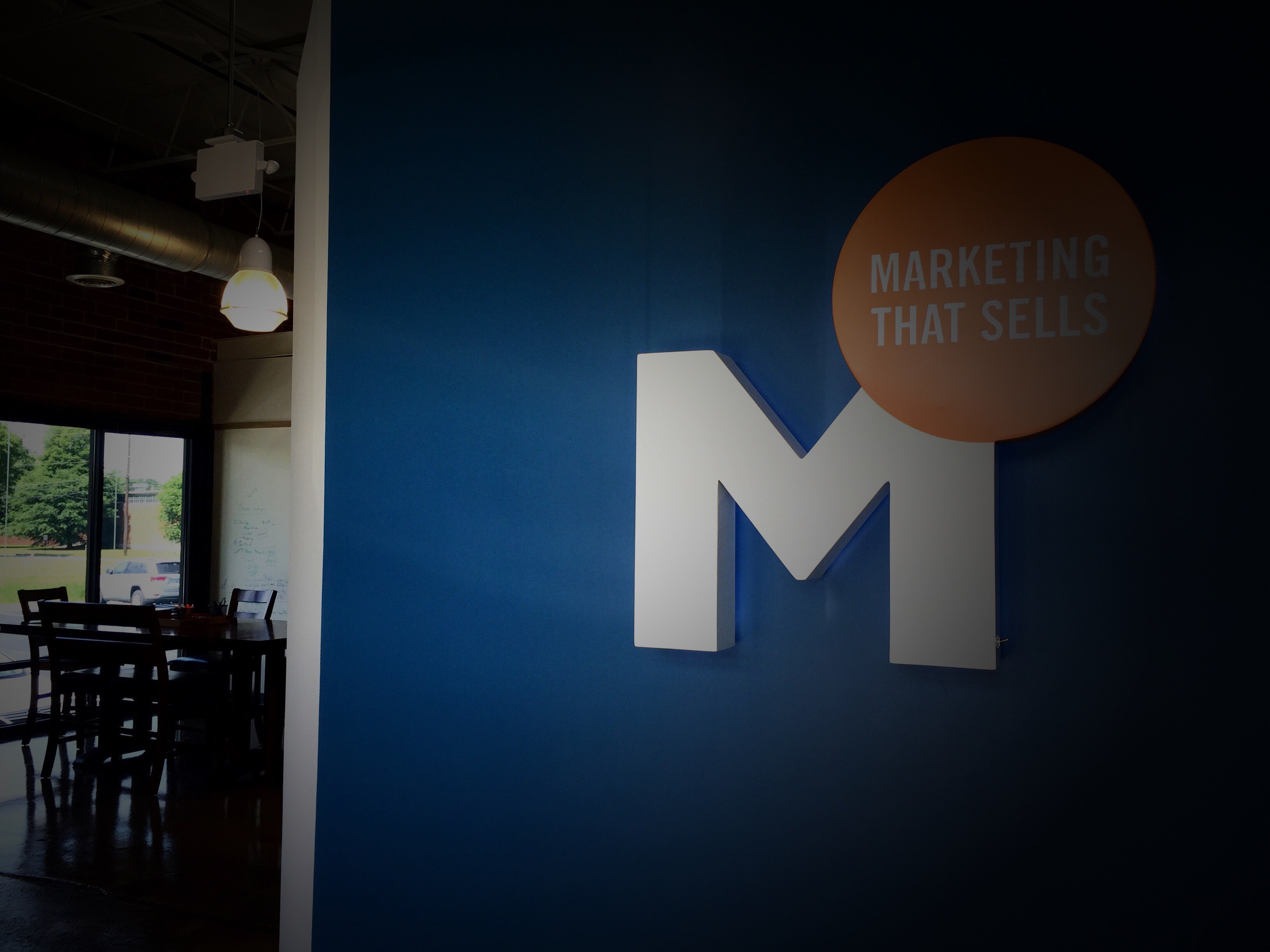 Savvy B2B marketers are keenly aware that without quality Search Engine Optimization (SEO), their websites are about as effective for generating leads as an unlit billboard on a dark stormy night. If you aren't generating high page rankings on the right keywords (words that real prospects use, not words guessed at by your internal staff), then you are alone in the desert, preaching to the cacti, which rarely have a budget and are notoriously bad at buying things.
Savvy B2B marketers are keenly aware that without quality Search Engine Optimization (SEO), their websites are about as effective for generating leads as an unlit billboard on a dark stormy night. If you aren't generating high page rankings on the right keywords (words that real prospects use, not words guessed at by your internal staff), then you are alone in the desert, preaching to the cacti, which rarely have a budget and are notoriously bad at buying things.
So, OK, yay you for being up on the curve and doing the research. For finding the right words, identifying the long tail of real prospects versus the wild universe of internet surfers. For mapping those keywords and phrases to good content on your site and earning high-quality links from reputable sites for those same words. That’s what will continually improve your page rankings - and hence the attention of your key prospects. That's great - you got your potential prospects to your website - now what?
NOTE: If you're not quite there yet, resolve to make this the year that you do! Google says that 89% of B2B purchasers begin their buying process by searching online. And if they aren’t finding you, come the end of the year, you’ll still be frustrated with poor lead volume while your competition is busy booking appointments. So get going, get SEO'd, and after you start to see the work pay off, ask yourself "Now What?"
After getting SEO-ready, it's time to get SCO-ready.
SCO = Sales Cycle Optimization
SCO is the active process of providing content on your site (and beyond) that speaks to each of the key phases your prospects go through as they progress from curious informational researcher to active evaluator, and ultimately, to buyer. SCO also addresses the reality that your buyer is often more than one person.
Every sales cycle is unique to its product, though factors like technical complexity, breadth of organizational impact, and the financial value of the deal all correlate directly to the length of time and number of people involved in the decision. The process of Sales Cycle Optimization is more complicated and time-consuming for bigger, more complex sales - duh, but the marketing efforts for even modest value and complexity products will benefit from SCO
To get SCO-ready, here are 7 essential steps:
1. Understand Your Buyers’ Journey
There is always a learning and evaluation curve. What does that process look like for your Ideal Clients? Where do they go to learn? What review sites do they research? And as a part of that process, learn when (at what stage in the process) they are ready and willing to talk to sales. According to CEB, B2B buyers are typically 57% of the way to a buying decision before actively engaging with sales.
2. Map Your Sales Process
If you have multiple products or services, start with the top priority ones for your company. Even if your cycle is pretty quick, it's useful to put it in writing (better yet, in a diagram). The more you learn from step 1, the better you’ll get at sending leads to sales at the right time, rather than wasting everyone’s time sending them too early, or letting ripe prospects die on the vine.
3. Involve Your Sales Team
Your sales team already knows what the key milestones are and the typical time frames to move through the cycle. Your sales team also knows the key players in the decision-making process and their informational needs/biases. Working with Sales will not only result in a better map, but it will also reinforce your common objectives while demonstrating Marketing's goal to generate quality leads that the sales force can actively pursue.
4. Review the Content of Your Website
First, assess how much of your content is targeted to each phase of your sales cycle. Next, rank how much of your content actively speaks to the informational needs of each decision-maker/influencer. This will quickly point out where to focus new content development.
5. Review Your Lead Conversion Offers
Take a look at your lead conversion offers (i.e. Free White Paper, Webinar, etc.) to see if your offers cover all the steps in the sales cycle, and where you are getting the most conversions. Are all your offers front-end loaded (Free Research Report)? Or, god-forbid, the only offers you have are for "Get a Demo" or "20% off if you sign up NOW!"?
6. Do the Math
How many "leads" actually move down the sales funnel to opportunities and then to close/won? What's the typical time between stages? Which offers/actions perform the best in progressing prospects deeper into the funnel? Use the data at your disposal to optimize your results, pivot from poor performers and lean into the tactics that your prospects are showing you actually work.
7. Look Beyond Your Website
Finally, how does your overall marketing plan and extended marketing presence drive your lead generation campaigns? Evaluate how well you're getting seen and heard at the industry level. And don’t undervalue social media as a source of demand generation! According to Biznology, 55% of B2B buyers search for information on social media. From industry articles to podcasts; social media sites to webinars and conference speaking engagements (Virtual and Live). All roads should lead to your website and ultimately, your sales force.
With these data points, you are armed to get Sales Cycle Optimized. You're now ready to create new content for your website and content for other venues to shine the light on your thought leadership and superior solutions. Content and offers that will create conversions at each stage of the sales cycle, so that when the visits move from curiosity to interest, you can send to Sales actionable leads while you nurture those still moving toward that goal.
Looking to kick-start a web redesign to create a more optimized site? Use this methodology to take a data-driven approach to redesign.




